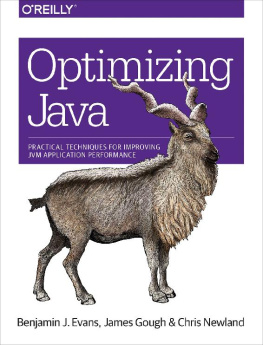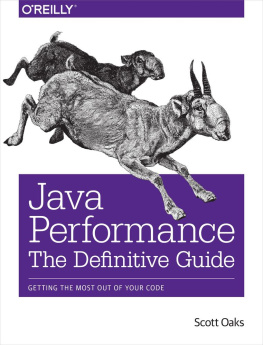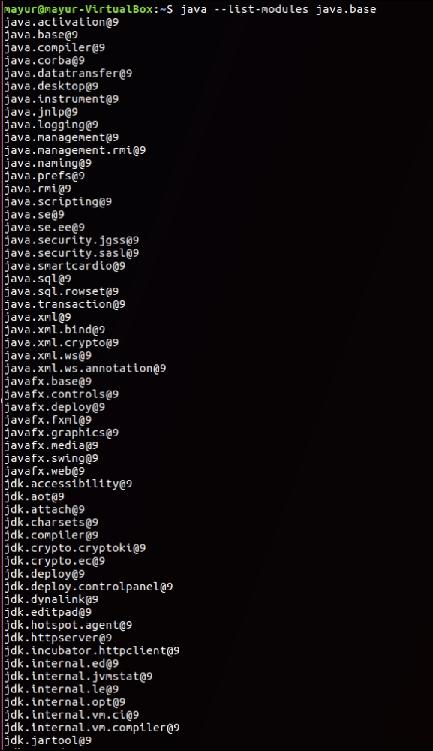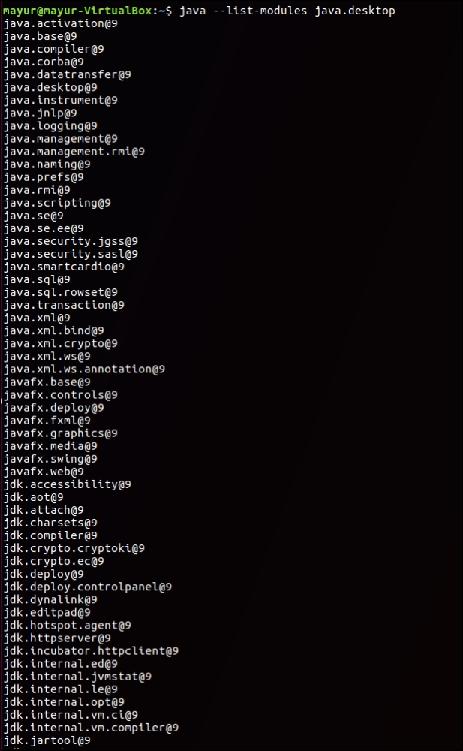Nick Samoylov - Java: High-Performance Apps with Java 9
Here you can read online Nick Samoylov - Java: High-Performance Apps with Java 9 full text of the book (entire story) in english for free. Download pdf and epub, get meaning, cover and reviews about this ebook. year: 2018, publisher: Packt Publishing, genre: Computer. Description of the work, (preface) as well as reviews are available. Best literature library LitArk.com created for fans of good reading and offers a wide selection of genres:
Romance novel
Science fiction
Adventure
Detective
Science
History
Home and family
Prose
Art
Politics
Computer
Non-fiction
Religion
Business
Children
Humor
Choose a favorite category and find really read worthwhile books. Enjoy immersion in the world of imagination, feel the emotions of the characters or learn something new for yourself, make an fascinating discovery.
- Book:Java: High-Performance Apps with Java 9
- Author:
- Publisher:Packt Publishing
- Genre:
- Year:2018
- Rating:4 / 5
- Favourites:Add to favourites
- Your mark:
Java: High-Performance Apps with Java 9: summary, description and annotation
We offer to read an annotation, description, summary or preface (depends on what the author of the book "Java: High-Performance Apps with Java 9" wrote himself). If you haven't found the necessary information about the book — write in the comments, we will try to find it.
Optimize the powerful techniques of Java 9 to boost your applications performance
About This Book
- Tackle all kinds of performance-related issues and streamline your development
- Dive into the new features of Java 9
- Implement highly efficient and reliable codes with the help of new APIs of Java
- Embedded with assessments that will help you revise the concepts you have learned in this book
Who This Book Is For
This book is targeted at developers who would like to build reliable and high-performance applications with Java.
What You Will Learn
- Familiarize with modular development and its impact on performance
- Learn various string-related performance improvements, including compact string and modify string concatenation
- Explore various underlying compiler improvements, such as tiered attribution and Ahead-of-Time (AOT) compilation
- Learn security manager improvements
- Understand enhancements in graphics rasterizers
- Use of command-line tools to speed up application development
- Learn how to implement multithreading and reactive programming
- Build microservices in Java 9
- Implement APIs to improve application code
In Detail
Java 9 which is one of the most popular application development languages. The latest released version Java 9 comes with a host of new features and new APIs with lots of ready to use components to build efficient and scalable applications. Streams, parallel and asynchronous processing, multithreading, JSON support, reactive programming, and microservices comprise the hallmark of modern programming and are now fully integrated into the JDK.
This book focuses on providing quick, practical solutions to enhance your applications performance. You will explore the new features, APIs, and various tools added in Java 9 that help to speed up the development process. You will learn about jshell, Ahead-of-Time (AOT) compilation, and the basic threads related topics including sizing and synchronization. You will also explore various strategies for building microservices including container-less, self-contained, and in-container.
This book is ideal for developers who would like to build reliable and high-performance applications with Java.
This book is embedded with useful assessments that will help you revise the concepts you have learned in this book.
Style and approach
This book is a fast-paced guide that provides practical solutions to enhance your applications performance.
Note: This book is a blend of text and quizzes, all packaged up keeping your journey in mind. It includes content from the following Packt product:
- Java 9 High Performance by Mayur Ramgir and Nick Samoylov
Downloading the example code for this book You can download the example code files for all Packt books you have purchased from your account at http://www.PacktPub.com. If you purchased this book elsewhere, you can visit http://www.PacktPub.com/support and register to have the files e-mailed directly to you.
Nick Samoylov: author's other books
Who wrote Java: High-Performance Apps with Java 9? Find out the surname, the name of the author of the book and a list of all author's works by series.

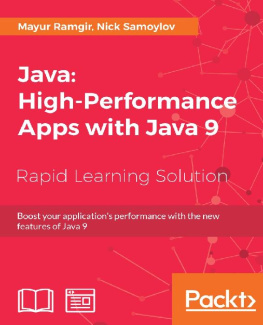
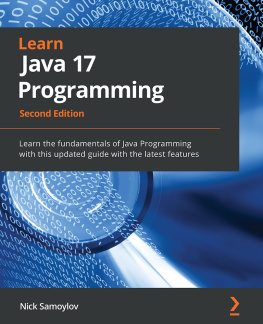

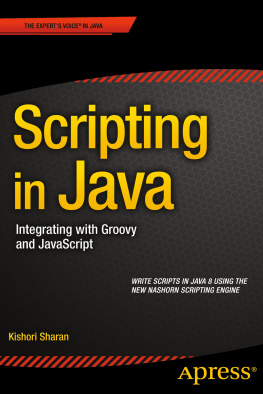

![Alexandru Jecan [Alexandru Jecan] - Java 9 Modularity Revealed: Project Jigsaw and Scalable Java Applications](/uploads/posts/book/119405/thumbs/alexandru-jecan-alexandru-jecan-java-9.jpg)
![Fu Cheng [Fu Cheng] - Exploring Java 9: Build Modularized Applications in Java](/uploads/posts/book/119397/thumbs/fu-cheng-fu-cheng-exploring-java-9-build.jpg)
